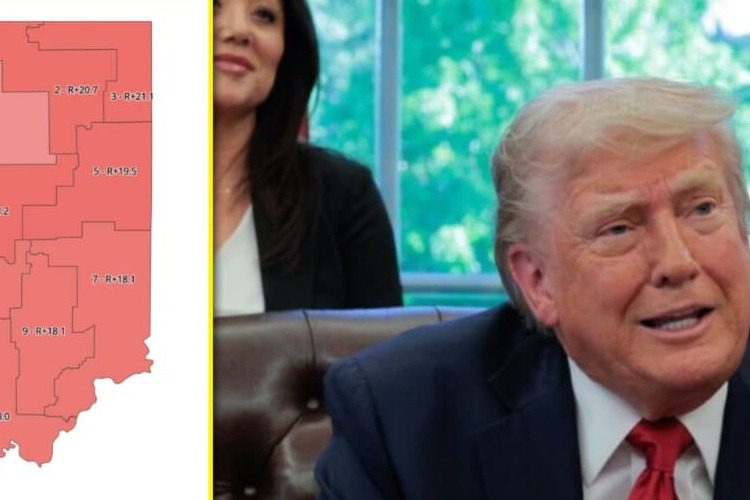From Hoosier Hesitation to Golden State Grab: Indiana Republicans’ Shocking Refusal to Redraw Maps Lets Gavin Newsom Steal 5 Seats – As Trump Roars for Fight, Will Weak Knees Cost the House in 2026?
In the heartland hush of an Indianapolis diner, where the clink of silverware on Formica tables mingles with the murmur of locals nursing coffees and nursing grudges, retiree Tom Hargrove set down his Indianapolis Star with a sigh that carried the weight of quiet frustration. It was November 14, 2025, and the headline—”Senate Kills Redistricting Push”—hit like a cold rain on a cornfield, soaking the hopes of a man who’d voted Republican since Reagan’s heyday, pinning his faith on a party that promised to protect the farm families and factory workers who’d built Indiana’s backbone. Tom, a 68-year-old former auto worker from Muncie whose calloused hands still ached from assembly lines long shuttered, glanced at his wife Linda across the booth, her eyes mirroring his mix of disbelief and determination. “We fought for this country,” he muttered, folding the paper with hands that trembled not from age, but from the sting of what felt like surrender. “And now our own side’s letting the other team redraw the field?” It’s stories like Tom’s that pulse through the veins of this unfolding drama, a tale of political chess where one state’s timidity could tip the scales for the entire nation, leaving President Donald J. Trump—a leader who’s turned underdog odds into Oval Office triumphs—fuming at the missed opportunity to fortify the Republican fortress ahead of 2026’s midterms.
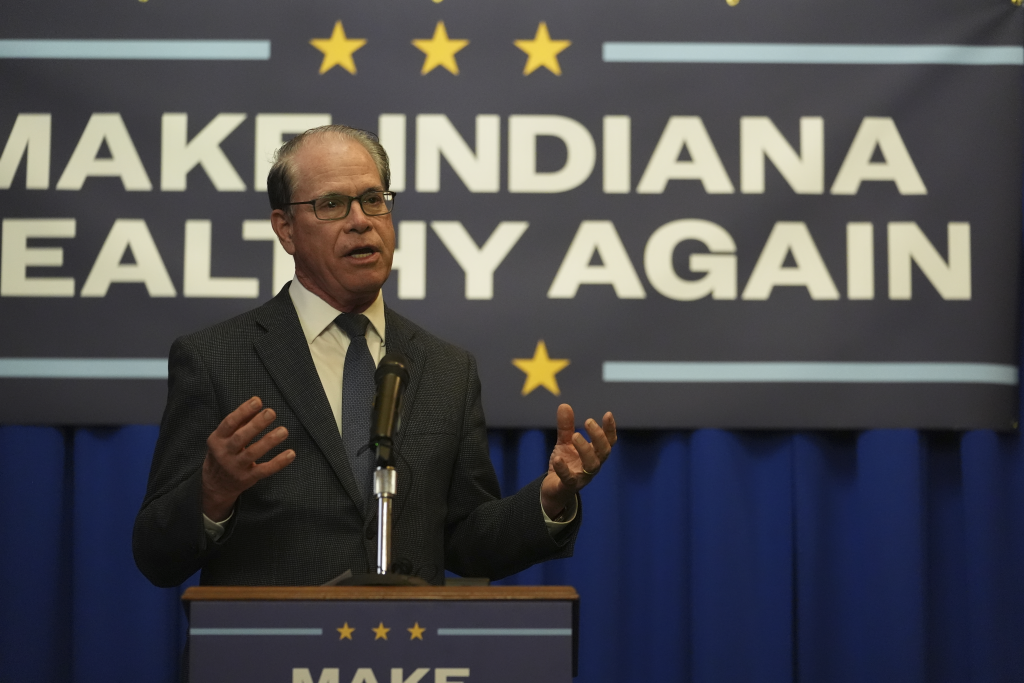
The blow landed swiftly, just days after California’s Proposition 50 sailed to victory on November 4, empowering Democrats to redraw their congressional maps and potentially net five blue seats in a state that’s long been their electoral empire. Prop 50, that sly ballot measure disguised as “fair representation reform,” passed with 52 percent support amid a turnout flush with progressive fervor, handing Governor Gavin Newsom the pen to carve districts that snake through the Central Valley’s Latino strongholds and the Inland Empire’s suburban swells, diluting Republican enclaves in Orange County and the High Desert. For Trump, who flipped seven California counties red in his 2024 landslide, it was a gut punch—a blue-state power play that could erase gains from his coattails, swelling the Democratic House tally by five and threatening the slim 220-215 GOP majority Speaker Mike Johnson clings to like a life raft in stormy seas. Enter Indiana, the Hoosier State with its nine Republican-held seats and a delegation that’s been a reliable red bulwark since the 2010 Tea Party wave. With population shifts from the post-pandemic boom—adding 100,000 residents in urban hubs like Indianapolis and Fort Wayne—the math was there: a mid-decade redraw could flip two Democratic-leaning districts into safe GOP territory, per projections from the Republican National Committee’s mapping wizards. It was a chance to counter Newsom’s coup, balancing the ledger and locking in Trump’s agenda on border walls, tax cuts, and energy dominance.
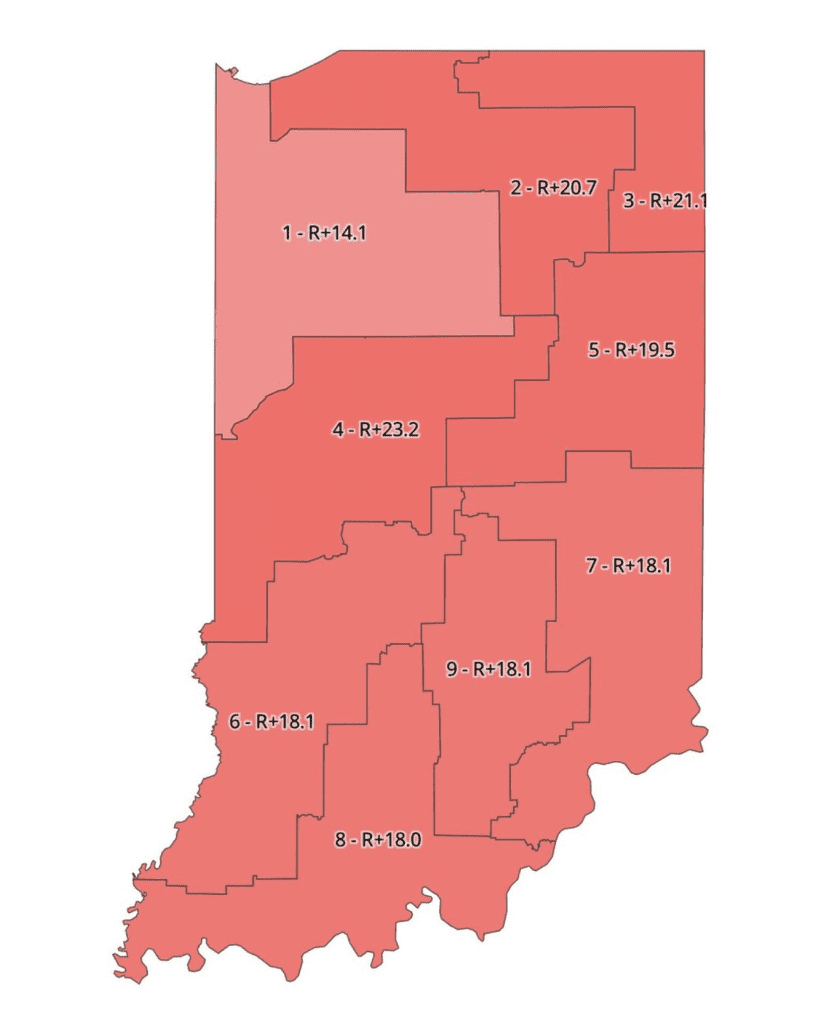
But Senate President Pro Tem Rodric Bray doused those flames with a statement as blunt as an Indiana winter wind, declaring on November 14 that “there are not enough votes to move that idea forward, and the Senate will not reconvene.” Bray, a 50-year-old lawyer from Martinsville whose measured demeanor has steered the chamber through budget battles and abortion bans, cited the lack of bipartisan buy-in and the shadow of the state constitution’s redistricting clause, which ties major changes to census years unless supermajorities align. In a chamber where Republicans hold a 40-10 edge, the veto came not from Democrats, but from moderate holdouts wary of lawsuits and the ghost of 2011’s gerrymander wars that courts partially unwound. For Trump, watching from Mar-a-Lago’s sunlit verandas where he’d plotted his 2024 masterstroke, it was a betrayal that burned like bad coffee— a party he’d dragged to victory now dragging its feet when boldness was the brand. “Republicans need to stop being weak and learn to win,” he thundered in a Truth Social post that racked up 5 million views by evening, his all-caps fury a rallying cry for the base that sees every hesitation as a hand extended to the left. It’s the kind of raw emotion that defines Trump’s leadership, a fatherly frustration for a family— the GOP— that’s grown comfortable in power but forgets the fight that forged it.

Tom Hargrove’s diner lament echoes a chorus of Hoosier heartaches, voices from the crossroads of cornfields and cul-de-sacs where faith in fair play runs deep. In Muncie, where Ball State University’s blue tide clashes with the red heartland, retiree groups like the American Legion Post 10 gathered over pie that night, their conversations laced with the quiet anger of veterans who’ve guarded democracy’s ramparts only to see it redrawn by rivals. “We gave California five seats on a silver platter,” grumbled 72-year-old vet Carl Jennings, his VFW cap tilted back as he jabbed a fork at his strudel. “And Indiana? We’re sitting on our hands while Newsom laughs all the way to the House floor.” Jennings’ words capture the sting for families like the Millers in Lafayette, Purdue grads whose daughter campaigns for school choice but fears a diluted voice if Democrats claw back control. The Millers, Trump supporters since the 2016 rallies that packed their arena, felt the 2024 win as a mandate— a 52 percent popular vote that flipped 20 House seats red—yet now see it slipping through fingers too timid to grasp. DeSantis’ Florida blueprint, that Sunshine State surge flipping five blue districts to a 25-3 GOP lock, stands as the gold standard, a model of mid-decade might that Indiana’s inaction renders moot. “Ron gets it—fight like hell or lose the hill,” Mrs. Miller texted a local GOP club, her emoji a clenched fist of resolve.
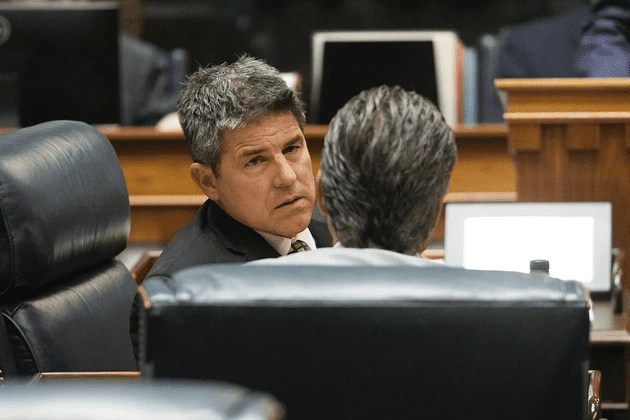
The contrast with California couldn’t be starker, a tale of two coasts where one state’s audacity meets another’s apathy. Prop 50, that Trojan horse of “voter empowerment,” was sold as a bulwark against GOP gerrymanders, but insiders whisper it’s a Democratic dream machine, lines drawn to pack conservatives into fewer districts while splintering moderates in the San Joaquin Valley and Riverside County. Newsom, whose approval hovers at 48 percent amid recalls and recalls of his own policies, signed the enabling legislation on November 10, his pen stroke a prelude to a special session where cartographers like those from the Democratic Congressional Campaign Committee will weave webs of advantage. The U.S. Department of Justice’s lawsuit, filed November 13 in federal court, calls it what many see it as: a violation of the Voting Rights Act’s equal protection clause, with Attorney General Pam Bondi vowing “we’ll fight this coastal cartel tooth and nail.” Bondi, Trump’s Florida firebrand turned national enforcer, framed the suit as a stand for “one man, one vote,” citing precedents from the 2023 Alabama redraw that courts struck down for diluting Black voices. For Trump, it’s personal payback—California’s 2024 snubs, from ballot-harvest scandals to sanctuary strongholds, fueling a fire that’s now judicial.
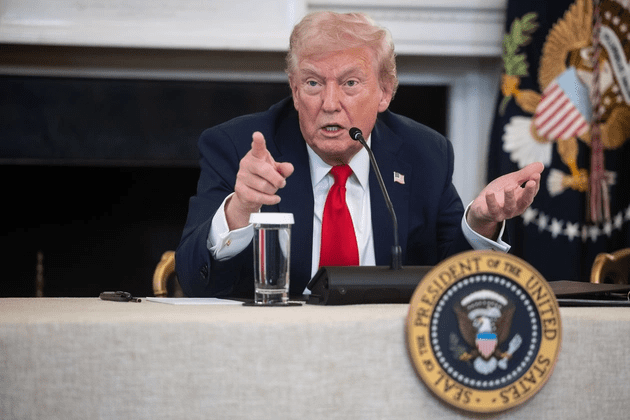
Yet, in the balanced light of political reality, Indiana’s stall isn’t cowardice—it’s calculus, a chamber where rural Republicans like Bray weigh the risk of urban backlash against the reward of two seats. The Hoosier map, drawn after the 2020 census, already leans 7-2 GOP, with the 1st (Dem Pete Visclosky’s old seat now held by Frank Mrvan) and 5th (Victoria Spartz’s toss-up) as the blue holdouts. Flipping them means redrawing lines through South Bend’s steel towns and Hamilton County’s tech boom, potentially alienating independents who prize stability over strategy. Bray’s decision, echoed by House Speaker Todd Huston in a joint statement, cites the constitution’s Article 5, Section 3, which limits redraws to decennial cycles unless emergencies compel otherwise, a barrier that’s foiled similar pushes in Ohio and Pennsylvania. “We’re strong without it,” Bray told reporters, his tone steady with the confidence of a leader who’s balanced budgets and battled Big Tech without apology. Critics within the party, from Trump to Freedom Caucus firebrands like Rep. Jim Jordan, see weakness where allies see wisdom—a divide that’s tested Trump’s coalition since his 2024 sweep. Jordan, in a blistering X thread, called for “primary challenges to the faint-hearted,” his words a whip-crack for unity.
The human stakes soar beyond the Beltway, touching lives like the Hargroves’ in their Muncie bungalow, where Tom’s pension stretches thin and Linda’s garden yields tomatoes for neighbors but not enough to offset rising property taxes. “We voted for fighters, not fence-sitters,” Tom confided to a local radio call-in, his voice gravelly with the grit of a man who’s seen factories close and faith tested. Across the state, in Bloomington’s college cafes and Evansville’s riverfront walks, young conservatives like 24-year-old barista Sofia Ramirez rally for resolve, her immigrant parents’ story—a flight from Venezuela’s socialism—fueling her plea for a party that plays to win. Sofia’s generation, 60 percent of whom backed Trump in exit polls, sees redistricting as redemption, a way to amplify their voices on issues from inflation to immigration. DeSantis’ Florida success, that +5 red flip announced just days prior, offers the blueprint—districts redrawn with precision to embrace Hispanic growth in Osceola and Pasco, turning blue enclaves red without the courts’ rebuke. “If Florida can, why can’t we?” Sofia asked at a GOP youth summit, her question hanging like a challenge in the air.
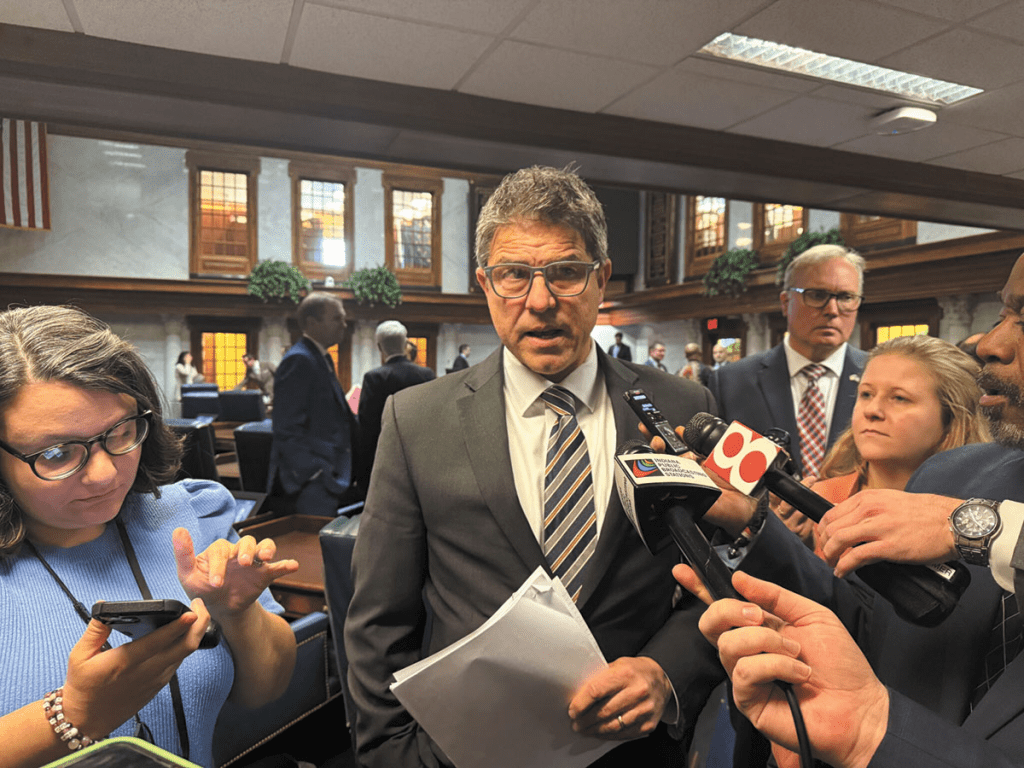
As November’s leaves turn to gold in Indiana’s heartland, DeSantis’ shadow looms large, a pro-Trump titan whose mid-decade maneuver neutralizes Newsom’s net gain, keeping the House in Republican hands for Trump’s second-term triumphs. For the Hargroves and Ramirezes, it’s a call to arms—a party that must heed the president’s roar, shifting course from caution to courage. In Trump’s America, where 2024’s mandate demands action, Indiana’s hesitation isn’t the end; it’s the spark, a story of senators like Bray finding their fire, voters like Tom finding their voice, and a nation finding its footing. The midterms aren’t a given—they’re a gift to be guarded, one redrawn line at a time, ensuring the people’s will echoes from the Hoosier Dome to the Capitol Dome.
